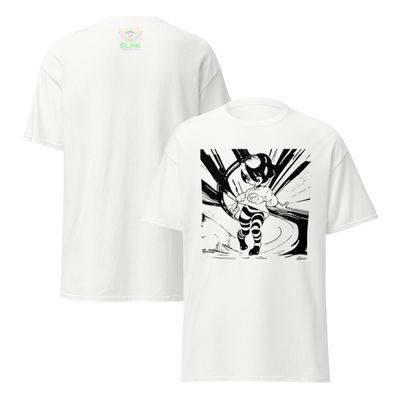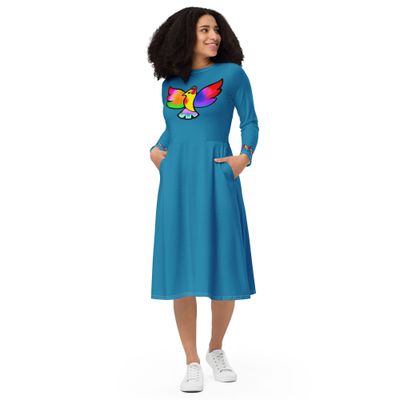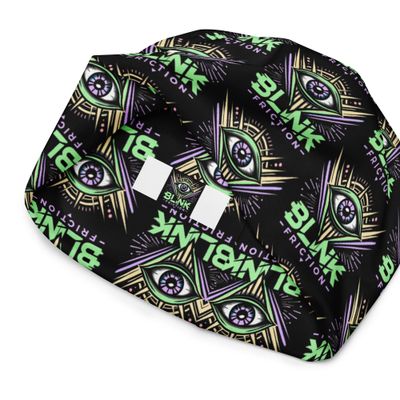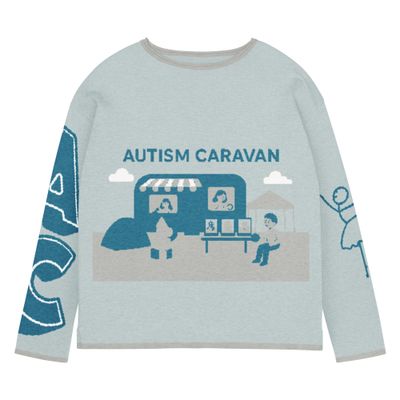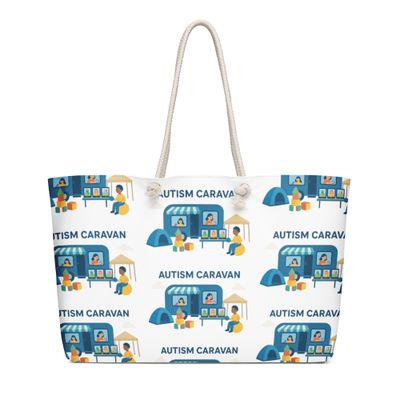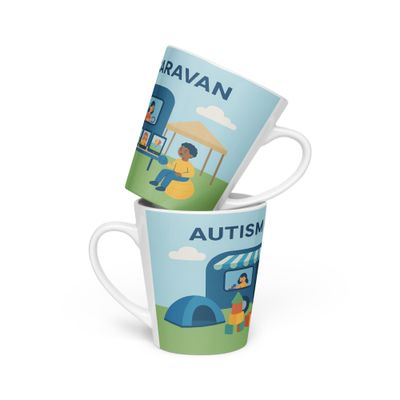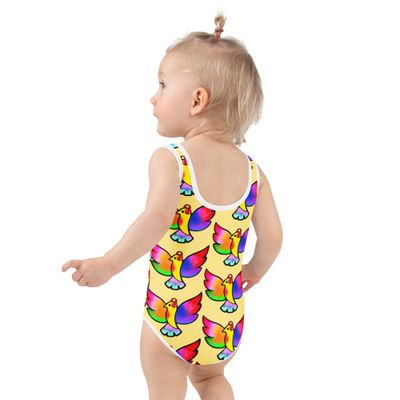Contents:
-
Introduction
-
Understanding Neurodiversity in Music Education
-
Common Strengths of Neurodiverse Learners
-
Most Effective Teaching Methods
-
Technology, Tools, and Adaptations
-
Latest Research Insights
-
Real-World Examples and Success Stories
-
Final Thoughts
1. Introduction
Music is a universal language—but the way we learn, process, and express it is deeply individual. For neurodiverse learners—those with autism, ADHD, dyslexia, dyspraxia, and other cognitive differences—music can be both a source of joy and an effective learning pathway. Teaching music to neurodiverse people means adapting environments and methods to align with how they think, feel, and interact with the world. Fortunately, music educators today have more tools, knowledge, and research than ever before to make that happen.
2. Understanding Neurodiversity in Music Education
Neurodiversity is a term that embraces the natural variations in human cognition. It recognizes that brains function differently—not better or worse—just differently. In music education, this means stepping away from one-size-fits-all methods and toward inclusive, flexible approaches that meet students where they are.
Neurodiverse students may:
-
Process auditory information uniquely
-
Struggle with or excel in pattern recognition
-
Have heightened sensitivity to sound or touch
-
Require different pacing or repetition
-
Prefer visual, kinesthetic, or hands-on learning
-
Show deep focus when engaged in an area of passion
These differences call for creative, compassionate teaching.
3. Common Strengths of Neurodiverse Learners
Many neurodiverse individuals demonstrate unique musical aptitudes, such as:
-
Perfect or relative pitch (especially among autistic learners)
-
Exceptional memory for melodies, rhythms, or harmonic structures
-
Heightened sensitivity to sound textures or timbres
-
Ability to hyperfocus, allowing deep immersion in practice
-
Creative thinking and innovation in improvisation and composition
Understanding and nurturing these strengths can be more effective than trying to “correct” perceived deficits.
4. Most Effective Teaching Methods
Several teaching methods and strategies stand out for their success with neurodiverse learners:
🔸 Multisensory Teaching
Combining auditory, visual, and kinesthetic elements helps bridge learning gaps. For example, using color-coded notation, movement-based rhythm games, and apps that allow interaction with sound visually.
🔸 Structured and Predictable Lessons
Many learners, particularly autistic students, benefit from consistency. Clear goals, routine lesson formats, and visual schedules can help reduce anxiety and improve focus.
🔸 Chunking and Repetition
Breaking material into small, digestible segments supports memory and motor skill development. This is especially helpful for students with ADHD or executive functioning challenges.
🔸 Interest-Led Learning
Following a student's personal interests (e.g., video game music, soundtracks, or specific instruments) can spark motivation and engagement.
🔸 Scaffolded Autonomy
Giving choices within boundaries—like choosing which scale to practice or how to improvise over a backing track—supports independence while maintaining direction.
🔸 Use of Visual Aids and Notation Alternatives
Some students respond better to graphic scores, symbols, or colors rather than traditional notation. Apps like Chrome Music Lab or programs like GarageBand can be powerful tools for exploration.
5. Technology, Tools, and Adaptations
Modern technology offers many accessible entry points into music-making:
-
iPads and tablets with music creation apps
-
Looping and layering tools for building compositions gradually
-
Electronic instruments with customizable sensitivities
-
Apps that support ear training, rhythm, and improvisation
-
Notation software with visual aids or dyslexia-friendly fonts
These tools support learners who may struggle with fine motor skills or traditional notation systems but still thrive musically.
6. Latest Research Insights
Recent studies have shed light on how and why music education can be transformative for neurodiverse learners:
-
Autism and musical ability: Research from the University of Montreal (2022) suggests that many autistic individuals possess enhanced pitch discrimination and musical memory. Engaging them in music can support communication, social interaction, and emotional expression.
-
Music as a therapeutic tool: A 2023 review in Frontiers in Psychology found that structured music programs improve attention span, impulse control, and mood regulation in children with ADHD.
-
Embodied cognition and rhythm training: Studies at the University of Helsinki highlight that movement-based rhythm activities improve coordination and timing in dyspraxic students and those with sensory processing challenges.
-
Executive function development through music: Harvard research indicates that rhythm and ensemble playing can significantly enhance planning, sequencing, and working memory across diverse cognitive profiles.
7. Real-World Examples and Success Stories
-
The Soundabout Inclusive Choir in the UK brings neurodiverse children and adults together with inclusive music-making, no prior skill required.
-
El Sistema Scotland has incorporated neurodiverse-friendly methods into its orchestral programs, showing marked improvements in confidence and focus.
-
Composer and pianist Derek Paravicini, who is blind and autistic, demonstrates how neurodiversity and extraordinary musical ability often co-exist.
8. Final Thoughts
Teaching music to neurodiverse learners is not about remediation—it’s about revelation. The right approach can unlock abilities, offer powerful modes of self-expression, and cultivate lifelong passion. At its best, music becomes a bridge: between teacher and student, between sound and emotion, and between what is expected and what is possible.
As educators and advocates, we must continue learning, adapting, and celebrating the full spectrum of human musical potential.
“In diversity, there is beauty and there is strength.” – Maya Angelou
Let’s ensure our music classrooms reflect that truth.

